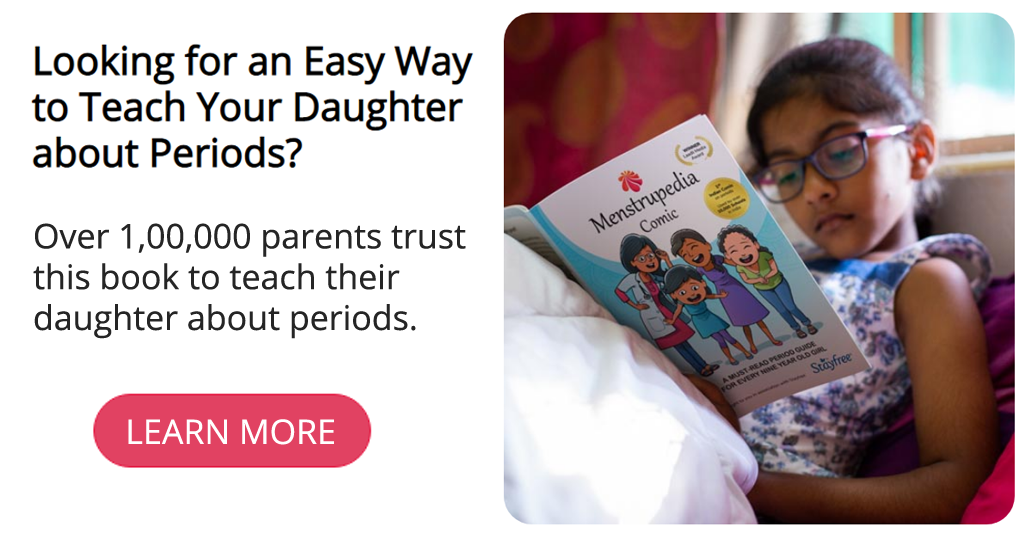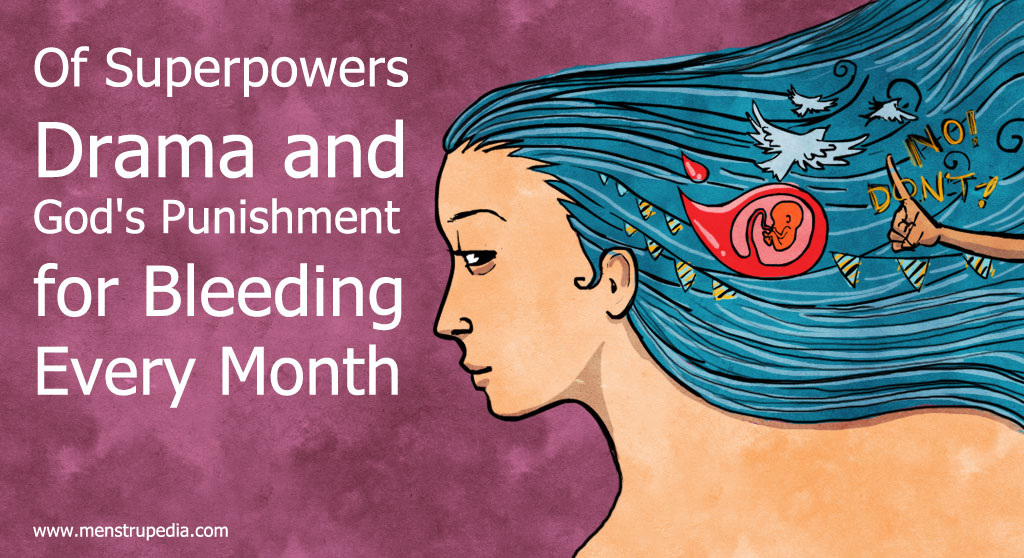For this essay, I browsed through my journal and my notes-app for details of the first time I tried a menstrual cup, an attempt that got me in an eagle-spread on a nasty gynec’s table playing tug of war with my “stuck” cup (pun directed at the gynec). However, I did not find even a passing reference. According to my written sources, the horror-filled 48 hours in September last year never occurred. That experience only exists as memories in my mind, and that of my few friends’ and family members’ as well.
Why am I prompted to write about it now?
The reasons are many. Now that (the memory of my gynec’s forceful probing with her metal clips are fading) I have enough emotional distance from the incident, the most pressing reason is that I see value in such a story’s existence. In the sea of menstrual cup success stories on the internet, my failed attempt will hopefully temper the giddy excitement of going green. These essential questions/research prompts should aid in switching to the cup for those considering it.

1. Befriend your vagina
There are deterrents ranging from poor sex-ed classes to horrible menstrual cramps to the cultural shame around vulva-owners’ sexual pleasure that can keep one’s relation with their vagina strained. Thinking of switching to a menstrual cup can be one opportunity to work towards that relation. Inserting and removing the cup necessitates being first aware of the position of the vaginal opening, its depth, its relation with other orifices on the pelvic floor (anal and urinary), the mental state and physical posture that makes your vaginal opening relaxed and accessible, the furthest distance your index finger and thumb can enter, and more. This knowledge can be gained only by spending time with one’s vagina: learning its rhythms, earning its trust and in turn, learning to trust it. Once you two are communicating, you are one giant leap closer to a possibly smooth transition to the cup.
2. Cervix height and cup size
Getting to know the ways of your vagina includes assessing how high one’s cervix sits and that changes throughout one’s menstrual cycle. Cervix height helps determine one’s cup size. While period-care-product companies offer a criteria list of selection based on age and whether one has had childbirth, cervix position during periods is another crucial factor. A high cervix needs a large cup and vice versa. This is the step I erred at; I bought a cup unaware of my cervix height. The cup ended up too far up, out of reach of my index finger and thumb’s grasp. After 24+ hours of trying to get the cup out on my own, I had to seek professional help.
3. A troupe of cup-converts/one person ready to get down and dirty with you *wink*wink*
These are optional. No matter how many cup testimonies you have read or how many people you know in real life who swear by the cup, you will only have your vagina with you on this journey towards a sustainable and pocket-friendly menstrual life. Having said that, it enormously helps having a support system, even if it is just one friend/family member who believes in you and the cup. Or having a cup-convert repeatedly coo in your ear (“Just relax, it will come out. I promise it will”) during the almost customary and short panic episode, where the first-timer’s vagina clamps shut with the cup inside and they begin to rue the day they thought of trying the cup. And what greater blessing than having a partner/friend willing to get their hands dirty and pull the cup out of you, if the cup literally gets out of your hand! Sure, it will be messy, embarrassing, possibly the most intimate activity between two humans, and you might end up pledging your life to this human, but at least the cup will be out. But not everyone is this lucky, and for them professional help exists.
4. Access to a sensitive gynecologist
If you find one, hold on to them for dear life for they are an endangered species. This is not hyperbole; unmarried vulva-owners can attest to the lack of respectful and sympathetic gynec interactions. When doctors appoint themselves to be guardians of the (unmarried) vagina, there is the use of shame and the threat of withholding care or the classic “I will tell your parents about this,” and so on, one understandably would hesitate in trying things useful and pleasurable so as to limit interactions with gynecs.
Thankfully however, a few decent professionals exist. Crowd-sourced lists of such doctors exist on the internet, but sadly only for the big cities. The chances of going as wrong with the cup as it did with me are slim, but one can never be too prepared. Knowing that one has a humane gynec to fall back on while trying the cup, and generally in life, can be a big relief. My first trial with the cup will soon be a year old. Since then I have come to appreciate other eco-friendly, but less popularized period products, like biodegradable pads, period underwear, and cloth pads. Despite this, I have not entirely given up on the cup. I vividly remember the feeling of dread and shame of those two days, but I also remember the absence of abdominal pain or cramps, vomiting, and diarrhoea, which since I was fifteen have kept me bed-ridden and washroom-bound on my first day of periods. Also, there was no leakage; the tiny cup collected 24+ hours of menstrual blood (the maximum advisable time limit is 12 hours). These, to me, seem powerful reasons to give the cup another chance, when my mind and my vagina are ready. For the ones new to the cup and thinking of trying it, know that it deserves an informed and a fair shot. Research and prepare till you are satisfied. And then, become the newest cup-convert and preacher changing the lives of fellow-menstruators for good.
Author: Jahnavi Gupta

Jahnavi is an MPhil scholar at the University of Delhi. She often reads, occasionally doodles, and perpetually dreads writing. She will fawn over Hozier, women in sarees, and curly hair with you. Here is her Instagram handle: _.mostlyharmless._
Edited by: Divya Rosaline







